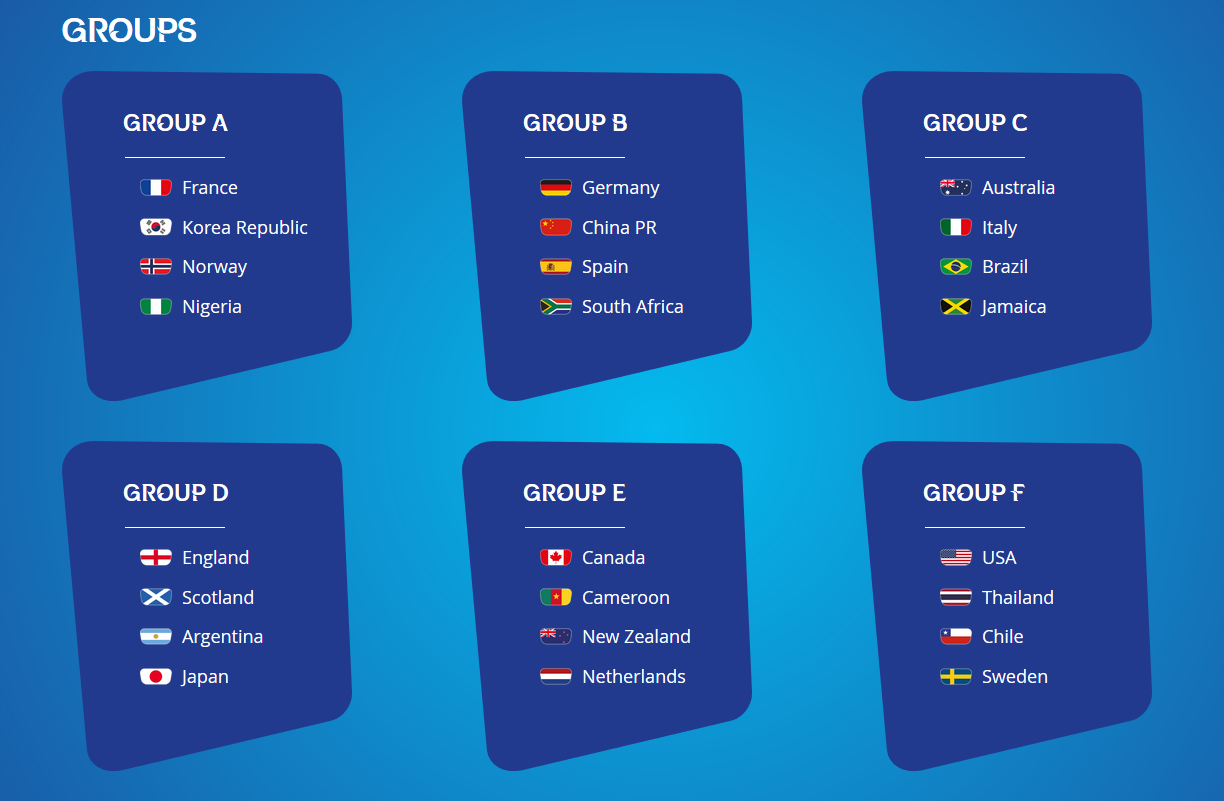By Helen Owton
Sportswomen continue to break barriers despite facing a disturbing level of online abuse that goes beyond their athletic abilities.
From body-shaming to sexist comments, the digital world has become a toxic space where female athletes are frequently targeted for their appearance, strength, or refusal to conform to traditional gender norms and expectations. These challenges, however, highlight the resilience and triumphs of women in sports, as they push back against gender inequality and break down barriers redefining what it is to be an athlete.
How can we better support women rugby players as they rise as a force of nature, tackling both the physical and mental demands on the pitch and the discrimination and harassment they face off it?
Dealing with trolls
Ellie Kildunne a Full Back in International rugby, playing for England and Harlequins, and World Player of the Year , spoke out about her experiences of dealing with trolls. She has had to deal with sexist trolls who criticise her body and tell her to ‘get back in the kitchen ’. Also, she highlights that being in a male-dominated sport means that she probably experiences trolling a lot more.

Ellie Kildunne runs with the ball during the England Red Roses training session at SGS College
Sadly, these comments are not new, particularly for women who play rugby. In the 2012 Olympics, Rugby athlete Heather Fisher , was criticised for her appearance. Fisher experiences alopecia – or hair loss – and works as an advocate for others with the same condition. Comments on twitter questioned her womanhood, saying they were ‘not convinced’ that she is ‘female’ and that she’s ‘the manliest woman I have ever seen’.

Heather Fisher of Great Britain makes a break past Stacey Flood of Ireland
Studies reveal that female elite athletes are exposed to different forms of body-shaming and are a form of emotional abuse .
Widening narrow beauty standards
Rugby is a dynamic game combining elements of skill, strength, speed and team strategy. Yet when women run too fast, kick too hard, or look too muscular, they are subjected to abuse. Rugby is known for its emphasis on respect and sportsmanship, both on and off the field. At the same time as being world-class athletes, sportswomen are expected to be physically appealing (e.g., wear make-up, paint fingernails), while photographs of sportswomen in the media are generally more likely to be sexually suggestive . However, there has been a trending movement in football which has been viewed as widening narrow beauty standards . Those who defend this state of affairs often say it’s a way to attract fans and endorsements to women’s sports – yet women athletes are still paid less than men . Additionally, whilst media coverage in women’s sports has nearly tripled, their games are given less air time .
Men are not immune from discrimination and abuse in sport either. In some ways, men face more limitations on what physical traits are deemed acceptable, thanks to society’s particularly narrow ideas about masculinity. A study by World Athletics revealed that racism constituted 26% of the abuse directed at male athletes, while female athletes faced a combination of sexual and sexist abuse. (Neal Maupay on social media abuse: ‘To ignore it is not the solution’ | Brentford FC )

Neal Maupay of Brentford celebrates scoring his team’s first goal during the Premier League match
Women and men who do not conform to expectations about their respective genders are often targets for abuse. This is because they threaten traditional attitudes about the appropriate roles, rights and responsibilities of women and men in society. Indeed, human beings can feel uncomfortable when other people do not fit neatly into categories, because it challenges preconceived ideas about what it is to be ‘normal’.
But as more people embrace identities that exist outside the conventional male/female binary classification system, society is forced to confront the complexity of gender.
Has this change resulted in even stricter or more rigid classification, for example in sport, where physical traits are often used to determine eligibility? Rather than broadening the understanding of gender to allow for a more inclusive spectrum, certain systems may have inadvertently reinforced narrow, essentialist ideas of what it means to be ‘truly’ male or female. It seems that the boundaries of what is acceptable in sport to be a man or a woman has become even narrower. So perhaps it is a cultural reluctance that needs addressing.
‘Lad culture’
While ‘lad culture ’ can sometimes foster an environment where unhealthy behaviours, such as bullying, harassment, and discrimination are normalised, it can also create a strong sense of camaraderie and support among friends, fostering loyalty and teamwork. However, when these behaviours cross the line into exclusion or reinforce narrow ideals of masculinity, they can contribute to a toxic atmosphere. In some cases, this culture may trivialise harmful actions, such as dismissing online abuse as ‘banter ’.
Watching women play rugby, however, offers a positive shift. It’s a chance to appreciate the sport itself, the incredible athleticism, and the dedication of the players, regardless of gender. When anyone plays sport, they are judged but Heather Fisher, ex-rugby international player and advocate of resilience says, ‘Knowing who you are and having emotional intelligence are the most important things !’
As the Women’s Rugby Six Nations 2025 kicks off on Saturday 22 March 2025, it’s important to remember these incredible athletes are not only competing for victory on the field but are also breaking down barriers and challenging outdated norms off the field.
By watching women’s rugby and supporting these athletes, we play a crucial part in supporting our local teams, our communities, our country and fostering a more inclusive and respectful environment for all sportswomen. Every match is an opportunity to celebrate strength, skill, resilience and determination, and to show that women in sport deserve the same recognition, respect, and admiration as their male counterparts.













